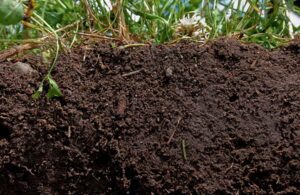The role of Electrical Conductivity in crop fertilization.

Electrical conductivity is the most extended and widely used parameter in salinity estimation. It is based on the speed with which the electric current passes through a salt solution, which is proportional to the concentration of salts in solution. Until a few years ago it was expressed in mmhos/cm. It is currently expressed in dS/m …
 AgronoBlog – Agriculture Blog
AgronoBlog – Agriculture Blog